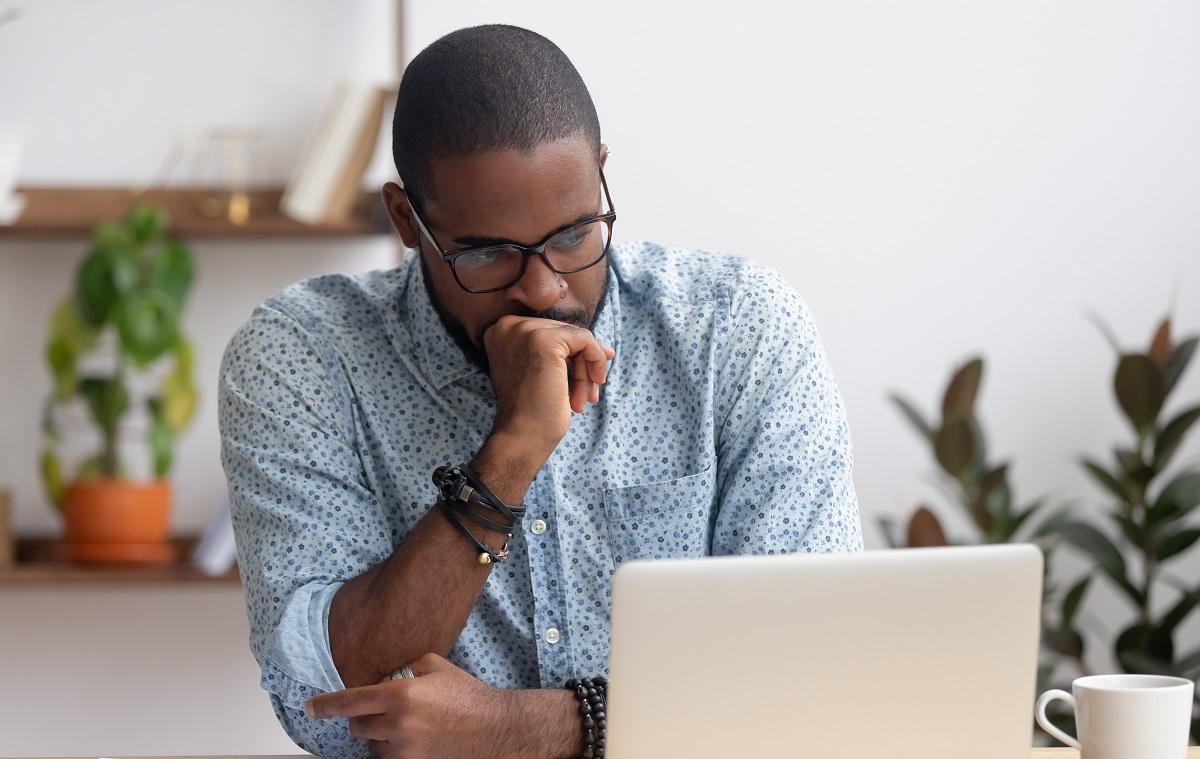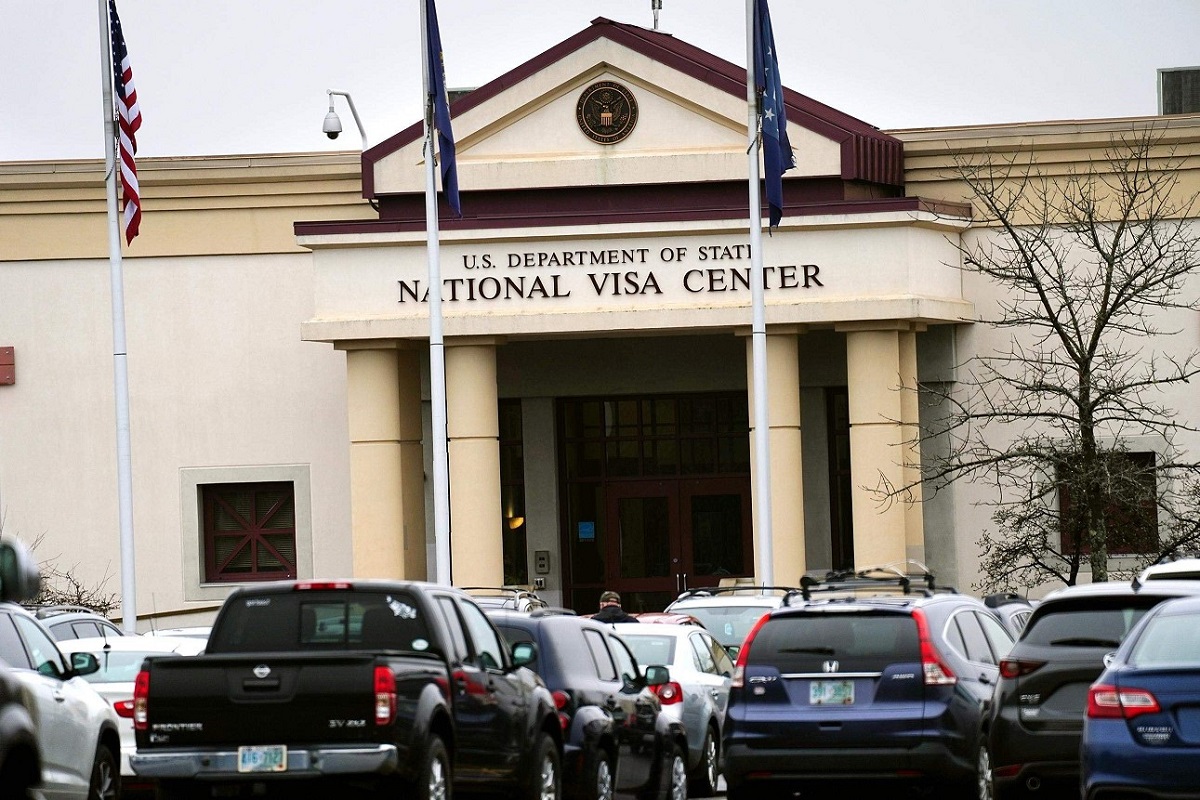
Embarking on the journey to visit the United States can be thrilling yet daunting, especially when navigating the U.S. visa appointment process. Whether you're a non-U.S. citizen eager to explore America or a U.S. resident helping a loved one, understanding each step is crucial for a successful visa application. This guide will walk you through the essential aspects of securing a U.S. visa appointment, ensuring you are well-prepared and confident.
Understanding the U.S. Visa Appointment Process
The U.S. visa appointment process is a critical step in obtaining a visa to enter the United States. It involves several stages, including filling out forms, paying fees, scheduling appointments, and attending interviews. This guide will focus on nonimmigrant visas, which are temporary visas for tourism, business, study, and other purposes. Readers who want more information about permanent immigration via family can view our overview of a green card through consular processing.
Common Types of U.S. Nonimmigrant Visas
Before diving into the appointment process, it's important to understand some of the common types of nonimmigrant visas available:
- B-1/B-2 Visas: For business and tourism purposes
- F-1 Visa: For academic students
- J-1 Visa: For exchange visitors
- H-1B Visa: For specialty workers
- L-1 Visa: For intracompany transferees
Step-by-Step Guide to Scheduling a U.S. Visa Appointment
There are several steps to apply for a visa. The order of these steps and how you complete them may vary by location. Please consult the instructions at your local U.S. embassy or consulate.
Apply for a U.S. Visa
The first step in the visa application process is completing the online DS-160 form. This form collects biographical information and details about your travel plans. Ensure that all information is accurate and truthful, as discrepancies can lead to delays or denials.
Pro Tip: Save your application ID and keep a copy of the confirmation page for your records.
Schedule Your Visa Appointment
Generally, you need to schedule the interview through the U.S. embassy or consulate in the country where you live. To schedule the U.S. visa appointment, head to the NIV Appointment System. You’ll need information such as your local embassy and DS-160 application confirmation page.
The best way to estimate wait times for a U.S. visa appointment is to visit the State Department website. Select the city where you intend to apply for the visa. You'll get an approximate U.S. visa appointment wait time.
The U.S. embassy or consulate handling your case may be able to expedite your U.S. visa appointment date if there is an urgent, unforeseen situation such as a funeral, medical emergency, or school start date. The process to request an expedited non-immigrant visa interview varies by location. Visit the website of the U.S. embassy or consulate for additional instructions on expediting your visa. Be prepared to share evidence of your urgent need such as a letter from a doctor or school.
Gather Required Documents
Prepare all necessary documents to bring to your appointments:
- Passport valid for at least six months beyond your period of stay in the United States (unless exempt by country-specific agreements)
- DS-160 confirmation page
- Visa fee receipt
- Appointment confirmation page
- Passport-sized photos
- Supporting documents (e.g., financial statements, employment letters, Form I-134, travel itinerary)
Tip for Sponsors: Ensure the applicant has sufficient funds to cover expenses travel and activities during the trip. If not, you may need to submit Form I-134 to support the nonimmigrant visitor.
Pay the Visa Application Fee
After completing the DS-160 form, you'll need to pay the non-refundable visa application fee. The fee amount varies depending on the type of visa you're applying for. Payment can be made online or at designated banks.
Ways to Avoid the U.S. Visa Appointment
Not everyone must attend a U.S. visa appointment. Certain individuals who are eligible for an interview waiver and those who will travel to the United States through the Visa Waiver Program (also known as ESTA) may skip the appointment.
Visa Waiver Program Visitors May Skip an Appointment
The Visa Waiver Program (VWP)enables citizens of certain countries to travel to the United States for business or tourism for stays of up to 90 days without a visa. There is a list of approved Visa Waiver Program countries. Only citizens of these countries may take advantage of this benefit.
To participate in the U.S. Visa Waiver Program, visitors must meet all of the following requirements:
- Be a citizen or national of one of a VWP Designated Country;
- The purpose of your travel must be consistent with a B visa;
- Be holding a valid return or onward ticket, dated within the 90-day period;
- Have a valid ESTA (Electronic System for Travel Authorization); and
- Have a machine-readable passport with the e-Passport symbol.
Nonimmigrant visitors to the United States cannot use the VWP for student/exchange visas or other non-immigrant visas.
Get a Visa Interview Waiver
Some applicants may be eligible for the interview waiver which allows qualified individuals to apply for visa renewals without being interviewed in person by a U.S. consular officer. Review the instructions on the website of the U.S. embassy or consulate where you will apply to determine if the waiver for a U.S. visa appointment is available and if you qualify.
Consular officers may require an interview of any visa applicant. But generally, they will waive a U.S. visa appointment for children younger than 14, as well as applicants over 79 years of age.
According to the State Department, consular officers have the authority and discretion to waive the in-person interview for:
- First time H-2 visa applicants (temporary agricultural and non-agricultural workers); and
- Other nonimmigrant visa applicants applying for any nonimmigrant visa classification who:
- Were previously issued a nonimmigrant visa in any classification, unless the only prior issued visa was a B visa;
- Are applying within 48 months of their most recent nonimmigrant visa’s expiration date;
- Apply in their country of nationality or residence;
- Have never been refused a visa (unless such refusal was overcome or waived); and
- Have no apparent or potential ineligibility.
Succeed at the Visa Appointment
If you must attend a U.S. visa appointment interview, take the time to prepare.
At the Visa Interview
The consular interview is the most crucial part of the visa appointment process. Here are some tips to help you succeed:
- Be Honest and Consistent: Provide truthful and consistent answers. Any discrepancies can raise red flags.
- Prepare for Common Questions: Expect questions about your travel plans, financial situation, and ties to your home country.
- Dress Appropriately: While there's no strict dress code, dressing neatly can create a positive impression.
- Bring Supporting Documents: Have all your documents organized and ready to present.
Pro Tip for Sponsors: If you’re sponsoring a visitor, you may write a letter of invitation. This letter should explain the purpose of the visit and your relationship with the applicant.
After the Visa Interview
Generally, consular officers can finalize a visa application on the day of the interview. However, this isn't always the case. Additional administrative processing may be necessary. The embassy or consulate will need time to return the passport via courier and local mail system (depending on your local embassy/consulate).
If your visa is approved, you'll be informed how and when your passport and visa will be returned. Processing times can vary, so plan your travel accordingly. If your visa is denied, the consular officer will explain the reason for the denial. Common reasons include lack of ties to your home country or insufficient financial support. You can reapply if your circumstances change significantly.
How Sponsors Can Help
The U.S. State Department often asks visa applicants to submit Form I-134, Declaration of Financial Support, when they are applying for certain types of nonimmigrant visas and need to demonstrate that they have financial support during their stay in the United States. This form is often requested in the following situations:
- Tourist or Visitor Visas (B-2 Visa): When an applicant for a B-2 tourist visa needs to show that they have financial support to cover their expenses while in the U.S.
- Student Visas (F-1 Visa): Occasionally, for student visa applicants who need to provide evidence of financial support for their education and living expenses.
- Fiancé(e) Visas (K-1 Visa): When a U.S. citizen is bringing their foreign fiancé(e) to the U.S., Form I-134 may be used to show that the U.S. citizen can financially support their fiancé(e).
- Certain Family-Based Visas: In some cases, Form I-134 may be requested for family members coming to the U.S. temporarily who need to show that they will not become a public charge.
The specific requirement for Form I-134 varies based on the individual case and the consular officer's discretion. It is always a good idea to check the specific instructions provided by the U.S. consulate or embassy handling the visa application.
Common Challenges and How to Overcome Them
Delays in Processing
Visa processing times can vary. To avoid delays:
- Apply early
- Ensure all documents are complete and accurate
- Respond promptly to any additional requests from the consulate
Missing Documents
Double-check your documents before the appointment. Use a checklist and keep duplicates in case of emergencies.
Nervousness During the Interview
Practice common interview questions with a friend or family member. Remember, the consular officers are there to assess your eligibility, not to intimidate you.
Securing a U.S. visa appointment can be a complex process, but with careful preparation and attention to detail, you can increase your chances of success. Whether you're a visitor or a sponsor, understanding each step of the process is key to a smooth and successful visa application. By following this comprehensive guide, you'll be well on your way to achieving your travel goals and experiencing all that the United States has to offer.
Final Tip: Bookmark this guide and refer back to it as you navigate your U.S. visa appointment journey. Safe travels!
About CitizenPath
CitizenPath provides simple, affordable, step-by-step guidance through USCIS immigration applications. Individuals, attorneys and non-profits use the service on desktop or mobile device to prepare immigration forms accurately, avoiding costly delays. CitizenPath allows users to try the service for free and provides a 100% money-back guarantee that USCIS will approve the application or petition. We provide support for the Nonimmigrant Support Package (Form I-134), Immigrant Visa Petition Package (Form I-130), and several other immigration services.
Want more immigration tips and how-to information for your family?
Sign up for CitizenPath’s FREE immigration newsletter and
SAVE 10%
on our immigration services



